PerfectBlueride
Well-known member
- Joined
- Mar 19, 2006
- Messages
- 217
- Reaction score
- 0
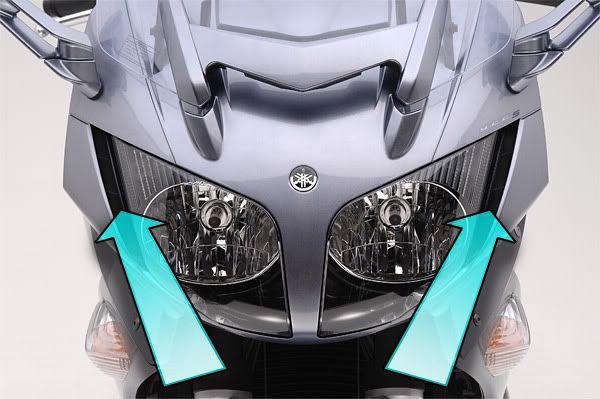
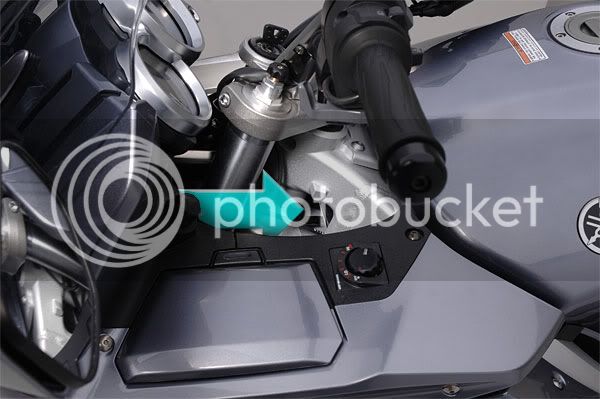

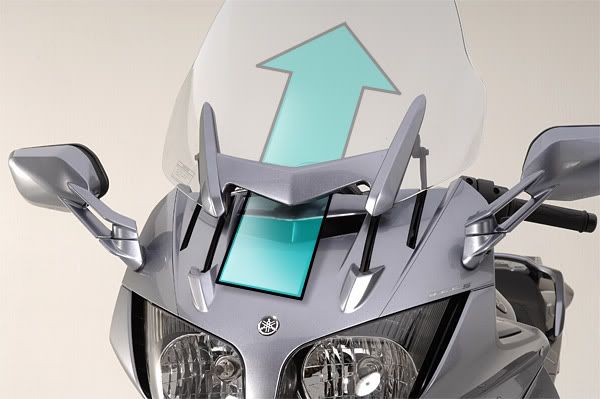
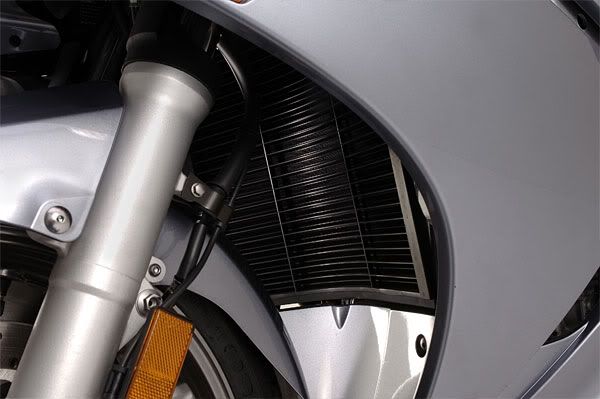
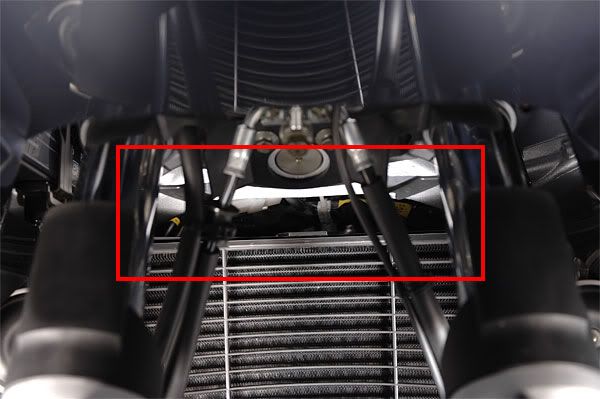
Looks good to me :glare:
Last edited by a moderator:








No major rains yet, but not without trying! I've gone out on weekend rides when it looked for sure like it was going to storm like a mutha-bleep-er, but the rain seems to want to stay off the FJR!Hmmmmm.... these three photos have my interest....So my question is.... which one of you 2006 owners have taken your FJR through some serious rain?
Anyone yet?


The rider side of the shield is dry and think all else within the shield's airflow protection stays dry too.
Petey has ... we all rode in the rain all day last Saturday. He seemed pleased.So my question is.... which one of you 2006 owners have taken your FJR through some serious rain?
Anyone yet?
This is a pic of an AE. The knob is the controller for the standard heated grips
Not to get off topic but does anybody know what the control knob below the glove box is in this pic?
I've studied and been a fan of the notion of laminar flow since I installed a Parabellum windshield package on my K75RT 8 years ago. That was such an improvement over the stock windscreen behind that big fairing I took notice (I'm also a sailor since my youth, and have studied airflow around sails) and have made observations on all my bikes since regarding what works and what doesn't. In general I will posit that most bike manufacturers don't have a blue clue about what makes for clean windscreen airflow and good protection with the smallest amount of windscreen.Drove through very heavy rain for 20 miles at 80mph, moderate rain 15 miles at 60mph, light rain 50 miles at 80mph and also light rain 30 miles at 50-60mph. No problems at all. Didn't notice water coming through the vent but it probably does. The rider side of the shield is dry and think all else within the shield's airflow protection stays dry too. The bike felt firmly planted and stable even in hard rain at 80mph!
There's a new (to me) phenomenon that came with my '06. Bugs now get smeared on both sides of the windscreen. While the ones impacting the windward side of the screen tend to splat, the ones impacting the inside tend to smear in long streaks. While harder to clean up than smoke contrails (but tastier), bugs provide strong evidence for good laminar flow up the backside of the screen.I just took delivery of an '06 last week, and have been checking the airflow when I think of it. I would seem that with the substantial gaps below the "W" and the screen in general that there would be a pretty good potential for laminar flow (a clean airstream coming up the back side of the windshield) but so far I haven't seen much.
So I suppose this might be a good place for me to put my gerbings heat controller or datel volt meter? What do ya'll think??This is a pic of an AE. The knob is the controller for the standard heated grips
Not to get off topic but does anybody know what the control knob below the glove box is in this pic?
Enter your email address to join: